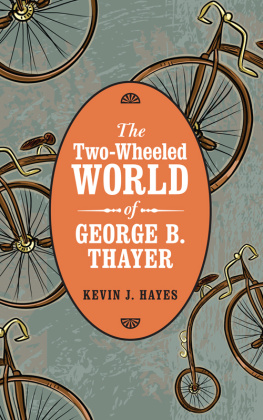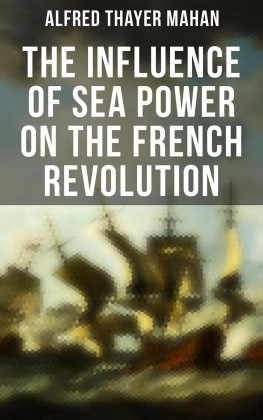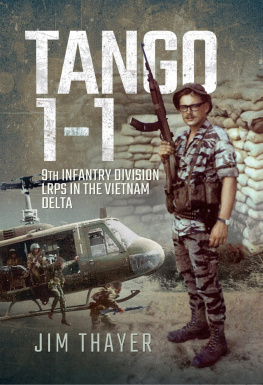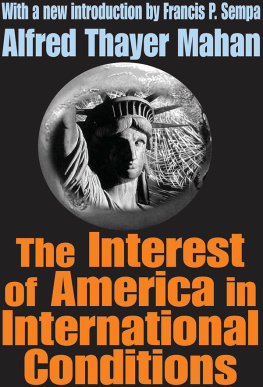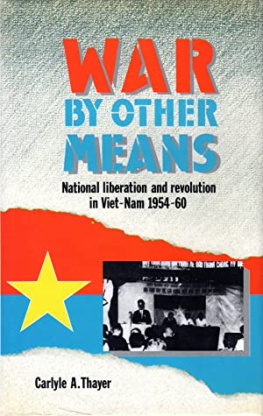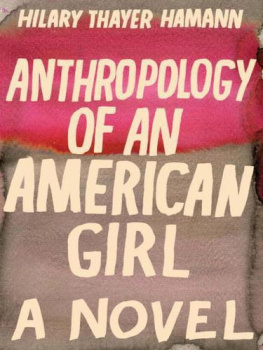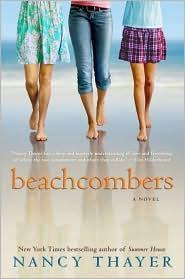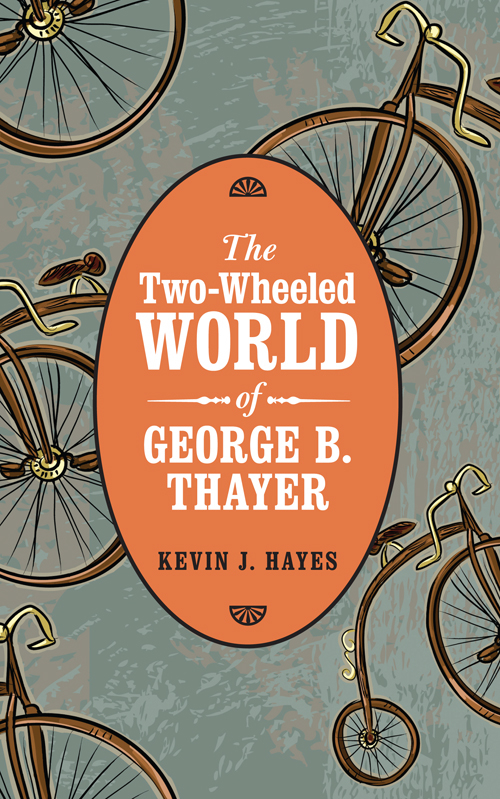The Two-Wheeled World of George B. Thayer
Kevin J. Hayes
2015 by Kevin J. Hayes
Hayes, Kevin J.
The two-wheeled world of George B. Thayer / Kevin J. Hayes.
Includes bibliographical references and index.
ISBN 978-0-8032-5525-8 (cloth: alk. paper)
1. Thayer, George B. (George Burton), 18531928. 2. CyclistsUnited StatesBiography. 3. Bicycle touringAnecdotes. 4. CyclingHistory. I. Title.
GV 1051. T 46 H 39 2015
The publisher does not have any control over and does not assume any responsibility for author or third-party websites or their content.
Cycling south through Florida many years ago, I entered the Everglades the week before Christmas with my friends Andy, Gary, and Kyle. Near sunset we reached Long Pine Key Campground in Everglades National Park. As soon as we dismounted, hordes of mean-spirited mosquitoes attacked our bare limbs. We erected our tents, jumped inside, zipped the flaps shut, and then smashed all the mosquitoes trapped with us. Once the last tent-bound bug had met its maker, we grew bored. Unwilling to spend hours within our tents awaiting sleep, we braved the mosquitoes again to pedal to the bar we had passed a few miles back. Returning to the campground after last call, we rode through dense clouds of mosquitoes that stretched across the road. Those menacing little monsters bounced off our arms and legs and hands and faces. As we approached Long Pine Key, Kyle risked a mouthful of mosquitoes to yell: I feel like Ian Hibell in the Darien Gap!
We instantly knew what Kyle meant. Ian Hibell, the greatest cyclotourist of his generation, was one of our heroes. He had made a name for himself cycling through the Darien Gap, across the Sahara, and into many other remote places. Around the time we visited Florida, Hibell was publishing tales of his two-wheeled adventures in the cycling press. It may have been presumptuous for us to compare our modest three-week tour of Florida with Hibells adventures, which often lasted for months, but our encounters with mosquitoes, alligators, and varmints of the red-necked variety gave us a kinship with him. Whenever we experienced difficulties during the remainder of our Florida tour, we would ask ourselves, What would Ian Hibell do?
Since that Christmas vacation tour, I have continued to enjoy bicycle touring, as both a participant and a reader. Lately, many younger cyclotourists have published books about their adventures in far-flung parts of the globe, which have occasionally taken them years to complete (the adventures, not the books). Something bothers meI had almost said bugs meabout this new generation of bicycle tourists: they seem unaware of their heritage. Most display little knowledge of the adventuresome cyclists who preceded them.
In The Hungry Cyclist, for example, Tom Kevill-Davies tells the story of what must be one of the greatest concept tours of all time. Starting from New York, he rode across the northern United States and southwestern Canada to the Pacific coast, which he traced to Panama, where he caught a boat to Colombia and then rode the length of South America, sampling the local cuisine everywhere he went. Sailing from Panama to Colombia aboard a dangerously leaky vessel, Kevill-Davies wondered whether he should have attempted an overland route through the Darien Gap instead. Is he crazy? I thought. Has he never read Hibells story of his arduous experience in the Darien Gap? Apparently not. Nowhere in his narrative does the Hungry Cyclist mention Ian Hibell.
Other cyclists of the same generation as Kevill-Davies also seem oblivious of their cycling forbears. Rob Lilwall cycled from Siberia to London via Southeast Asia, Papua New Guinea, Australia, the Himalayas, and, of all places, Afghanistan. Boasting about his ride through Afghanistan in Cycling Home from Siberia, Lilwall appears unaware that Dervla Murphy, a gutsy Irishwoman who cycled from Europe to India, had pedaled through Afghanistan decades before him, an experience she chronicled in Full Tilt, the book that launched her career as a travel writer.
The Two-Wheeled World of George B. Thayer is based on the premise that bicycle-touring stories of the past deserve to be remembered and retold. After Thomas Stevens cycled across the United States on the first leg of his round-the-world tour, he inspired several others to cycle across North America. The width of the continent became a way for cyclists to measure their mettle. A dozen years ago I told the story of one of these cyclotourists, George W. Nellis, in An American Cycling Odyssey, 1887. Stevens was not the only cyclist to inspire Nellis. The year before he crossed the continent, a Connecticut rider by the name of George B. Thayer pedaled across North America. I first learned about him while researching Nelliss story. Thayer fascinated me, and I grew anxious to learn more.
Though both George Thayer and George Nellis rode the same model bicyclea high-wheeled Columbia Experttheir stories are otherwise quite different. From the very start, Nellis made up his mind to cross the continent as quickly as possible and, ideally, break the transcontinental record set by Thomas Stevens. Nellis took the train once, but only as a side trip. He made all his forward progress either riding or pushing his bicycle. He grew angry with himself whenever he spent less than ten hours a day in the saddle. His determination and athleticism did indeed take him across the continent in record time, seventy-two days, beating Stevenss record by thirty-three days.
George Thayer was more laid-back. He rode when he wished and took the train when he didnt. Instead of crossing the continent in as straight a line as possible, he took a more circuitous route, seeing sights that sometimes required significant detours. Nellis returned to New York via steamship. Thayer enjoyed his leisurely east-west journey across the continent so much he decided to return home overland, using a combination of cycling and railway travel on his way back to Connecticut.
Whereas Nelliss cycling adventures ended with his transcontinental tour, Thayer continued to enjoy bicycle touring for years to come. He traveled through many other regions by bicycle: New England, Great Britain, Europe, and Canada. In addition to his long-distance cycling adventures, Thayer experienced other aspects of the early history of cycling. Before acquiring his high wheeler, he rode an even earlier kind of bicycle, the aptly named boneshaker. He also witnessed the emergence of the chain-driven safety bicycle, first with hard rubber tires and later with pneumatic tires. Pneumatic tires revolutionized the bicycle and initiated the bicycle boom of the 1890s. As a member of the Connecticut National Guard, Thayer bore witness to early experiments adapting the bicycle for use in combat.

